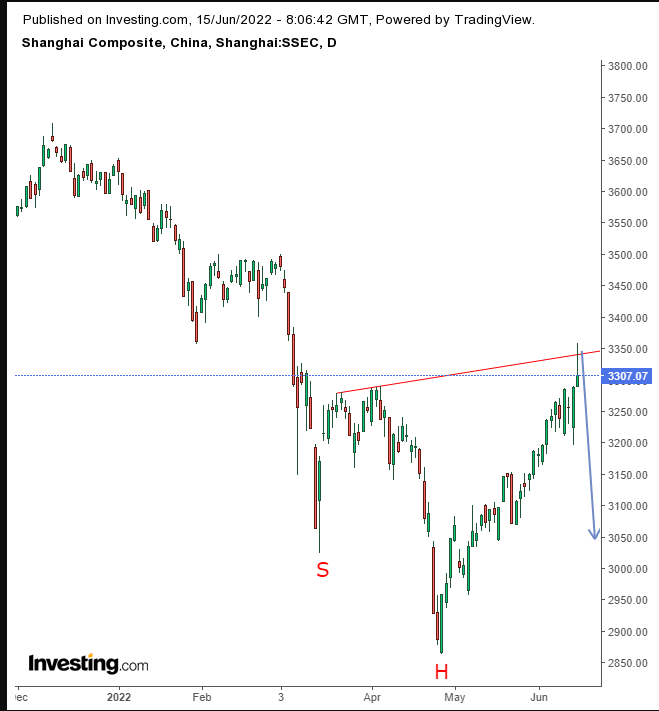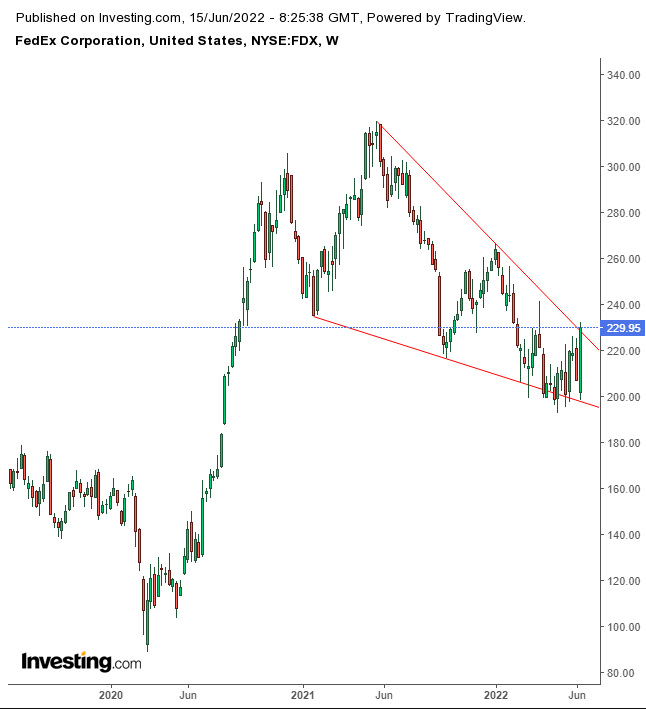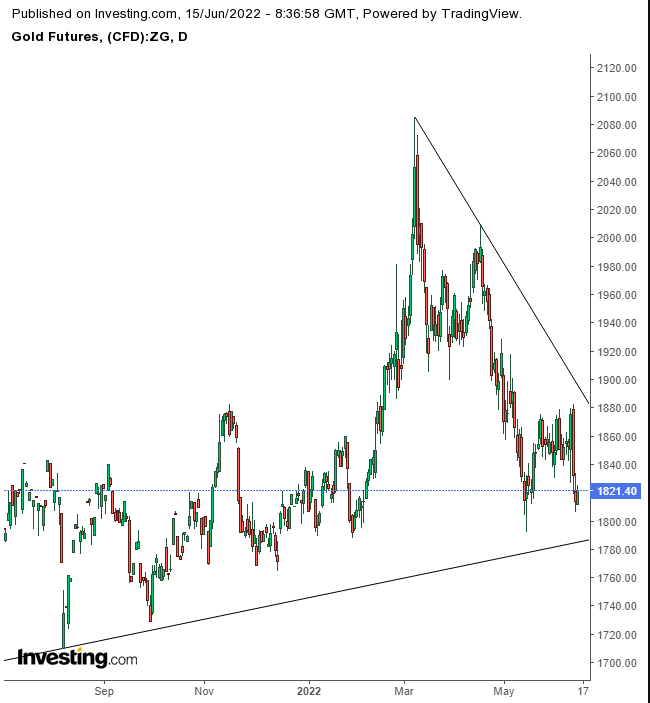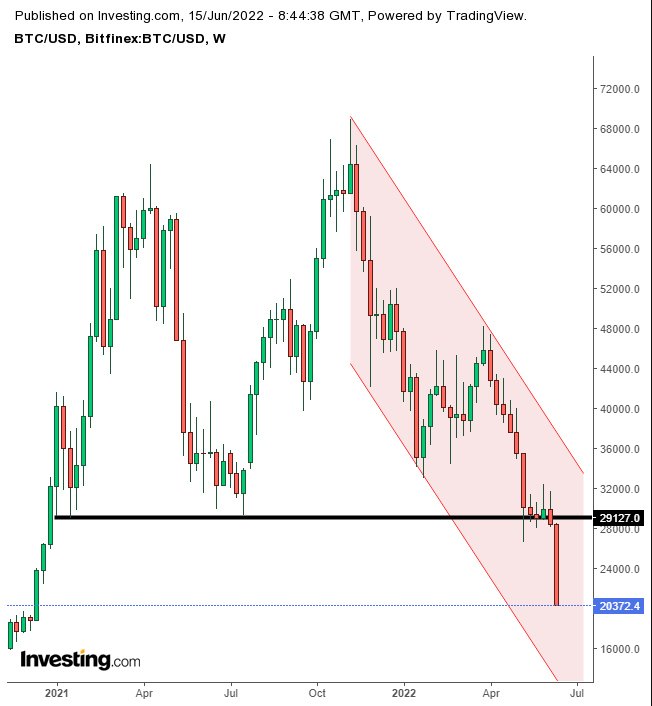- ECB calls emergency meeting
- Investors price in the most significant Fed hike since 1994
- Treasury meltdown eases
Key Events
A bond rally in Europe strengthened the euro after the European Central Bank announced an emergency meeting to discuss the market rout. The news helped boost European stocks as well as US futures on the Dow Jones, S&P 500, NASDAQ 100, and Russell 2000, which were trading in the green ahead of today's US Federal Reserve interest rate decision, with some traders expecting a 75 bps rate hike is possible.
Global Financial Affairs
Regional traders hope this unscheduled meeting means the ECB will try to soothe markets and they are particularly interested in how policymakers intend to keep bond yields stable after 10-year yields in Italy plunged as much as 30 basis points.
The ECB's surprise meeting coincides with US Federal Reserve's policy meeting today at 2 PM EST which could see the sharpest rate increase since 1997.
Renewed fears of stagflation—rising inflation amid low economic growth last seen in the 1970s—pushed the S&P 500 into a bear market. While part of the US yield curve remains inverted, reflecting expectations of an economic downturn, if not outright recession.
The pan-European STOXX 600 rebounded, but then fell back following a six-day sell-off, its most prolonged slump since before the infamous March 2020 bottom.
Asian markets remain mixed. China's Shanghai Composite climbed 0.5%, extending a rally to its second day as traders expect Beijing's policies will kick start the COVID-hit economy. Also, May's industrial output surprised to the upside which reinvigorated bulls.
However, the trading pattern may be weakening in the short term, even as the index reached a three-month high.

The SSEC gave up its highs, developing a Shooting Star, a candle denoting bearishness after bulls failed to maintain ground. Moreover, the candle's location coincides with a potential neckline to an H&S bottom.
Australia's ASX 200 and Japan's Nikkei 225 extended losses for the fourth day, declining 1.25% and 1.15%, respectively. Australia's index underperformed the region for the second day in a row.
US indexes broke their pattern. Tech-heavy NASDAQ 100 gained, even though the other major indices extended the rout. Technology has always performed the worst on down days and the best on up days. The S&P 500 closed lower for the fifth straight day, its longest losing streak since January, after opening higher.
Incidentally, yesterday ahead of the New York open, US futures were in the green, yet the Dow, S&P, and Russell 2000 all closed in the red.
The NASDAQ 100 climbed after Oracle (NYSE:ORCL) reported results and said that licensing demand showed extraordinary positive momentum amid the most robust growth in a decade. Investors have been paying attention to the company's cloud operations, as its strategy is to expand market share.
Cloud revenue rose 19% to $2.9 billion in the fiscal fourth quarter. Traders propped up share prices by 10.4%, its most significant jump in six months, just a day after hitting a 16-month low.

However, the stock found resistance by the downtrend line. Bulls will have to establish a series of rising peaks and troughs, to turn the trend around.
FedEx (NYSE:FDX), considered an economic bellwether, catapulted over 14%—the biggest jump in nearly 36 years—after increasing its dividend. There is reason for hope for this company, and maybe even for the broader economy, as the company's fortune relies on a strong economy.

The company may have been developing a Falling Wedge since last year, which could prove bullish after the preceding climactic rise of about 250% in just 14 months. A decisive upside breakout will complete the pattern.
Yields on the 10-year Treasury fell slightly and the two-year yield retreated after reaching the highest level since 2007 yesterday. The 10-year nearly touched 3.5%, a level not reached since March 2011. The bond market has been under pressure for some time as expectations of rate hikes increase.
The dollar fell, ending a five-day rally. We expect a pullback before the US currency aims at 116.
The Japanese yen found its footing after falling to a 24-year low.
Gold rebounded from a two-day selloff amid a weakening dollar and ahead of today's Fed rate decision.

The rebound comes upon nearing the May 16 low, which found support above the uptrend line. Now, bulls need to push through the downtrend line. The uptrend line has an advantage, starting 16 months ago, while the downtrend line is only three months old.
The Bitcoin meltdown continued as the most prominent cryptocurrency dropped for the ninth day. This losing streak follows the slump between early April and early May, its longest record. The digital coin is trading at the bottom of the session, just about $20K, the lowest since December 2020.

We still expect it to go much lower, having completed a massive Double Top.
Oil edged lower, extending a decline to its second consecutive session, or the fourth daily decline out of five.
Up Ahead
- On Thursday, the Bank of England announces its rate decision.
- US initial jobless claims figures are published on Thursday.
- The Philadelphia Fed's Manufacturing Index is released on Thursday.
Stocks
- The MSCI Asia Pacific Index fell 0.4%
- The MSCI Emerging Markets Index was little changed
Currencies
- The Japanese yen rose 0.8% to 134.38 per dollar
- The offshore yuan fell 0.5% to 6.7212 per dollar
- The British pound rose 0.8% to $1.2091
